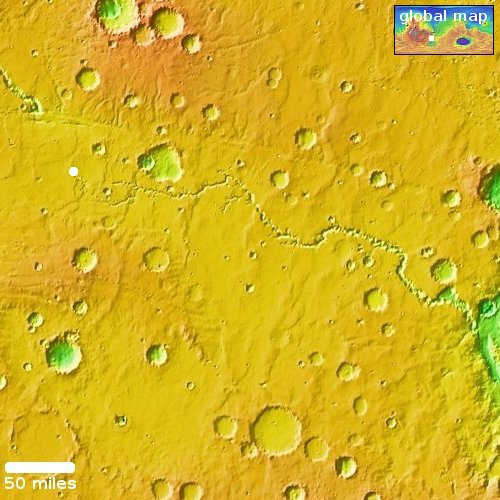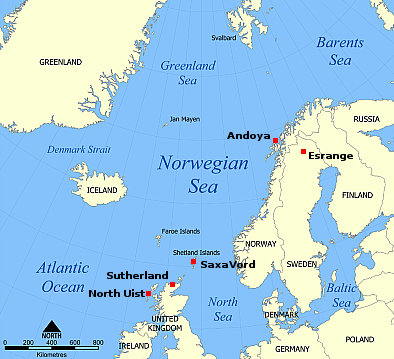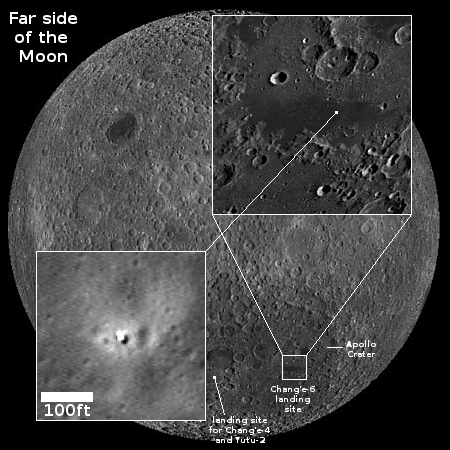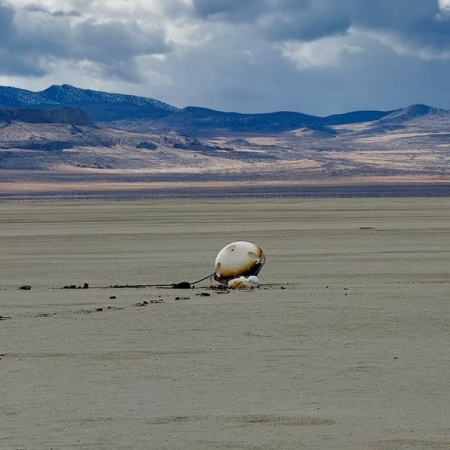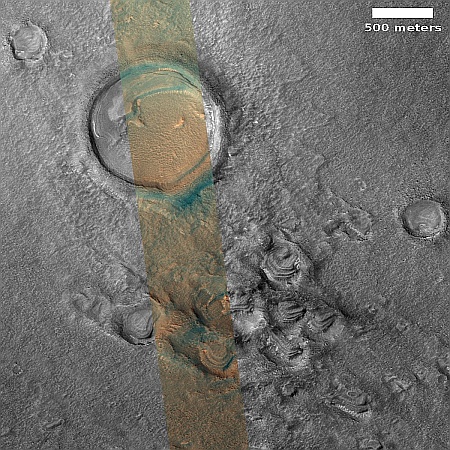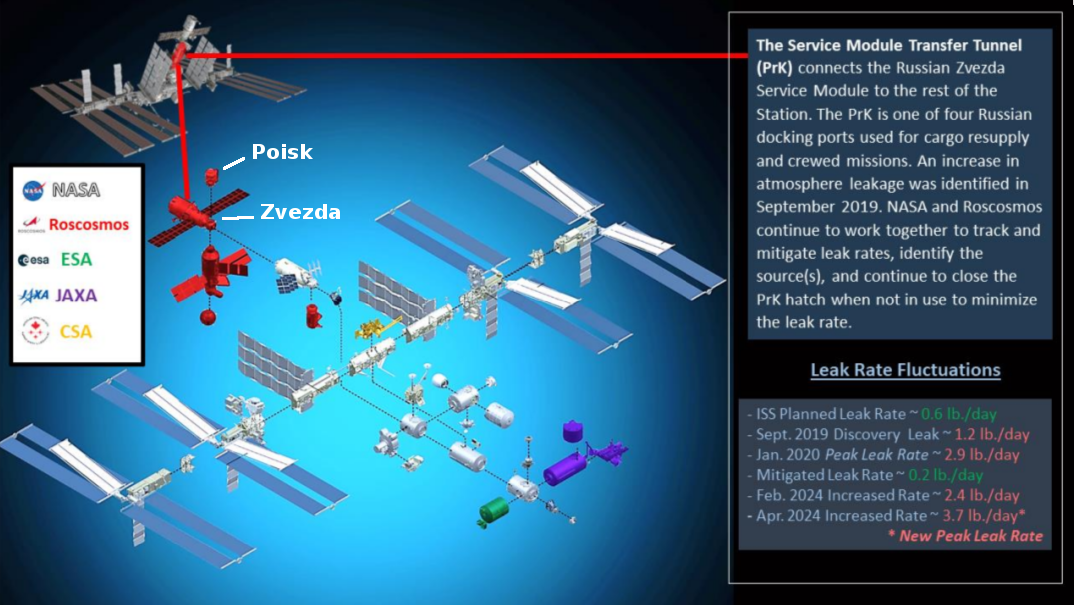Republican California state legislator introduces bill to overturn California Coastal Commission’s effort to block SpaceX

Wants to be a dictator
Republican state assemblyman Bill Essayli has now introduced a bill that would overturn the decision by the California Coastal Commission to reject SpaceX’s request to increase its launch rate at Vandenberg spaceport, a decision the commissioners readily and publicly stated was made not to protect the state’s beaches (the commission’s prime function) but because they did not like Musk’s political positions.
“AB 10 will reverse the politically-motivated decision by the California Coastal Commission to restrict SpaceX launches for the Space Force due to their hatred of Elon Musk. This dangerous and illegal decision threatens our national security and erodes the public trust we place in our officials to act in the best interest of the people — not politics,” Essayli said in a statement this week.
SpaceX has already sued the commission and its commissioners for violating Musk’s first amendment rights as well as exceeding their statutory authority.
The bottom line however is that the commission’s decision carries no legal weight. Vandenberg is an federally operated military base, and thus this state commission has no authority to dictate what happens there. The Space Force has simply tried to work with it in the past.
Thus, if the commission’s fangs are not pulled by Essayli’s legislation as well as SpaceX’s lawsuit, the military will likely just ignore it.

Wants to be a dictator
Republican state assemblyman Bill Essayli has now introduced a bill that would overturn the decision by the California Coastal Commission to reject SpaceX’s request to increase its launch rate at Vandenberg spaceport, a decision the commissioners readily and publicly stated was made not to protect the state’s beaches (the commission’s prime function) but because they did not like Musk’s political positions.
“AB 10 will reverse the politically-motivated decision by the California Coastal Commission to restrict SpaceX launches for the Space Force due to their hatred of Elon Musk. This dangerous and illegal decision threatens our national security and erodes the public trust we place in our officials to act in the best interest of the people — not politics,” Essayli said in a statement this week.
SpaceX has already sued the commission and its commissioners for violating Musk’s first amendment rights as well as exceeding their statutory authority.
The bottom line however is that the commission’s decision carries no legal weight. Vandenberg is an federally operated military base, and thus this state commission has no authority to dictate what happens there. The Space Force has simply tried to work with it in the past.
Thus, if the commission’s fangs are not pulled by Essayli’s legislation as well as SpaceX’s lawsuit, the military will likely just ignore it.

